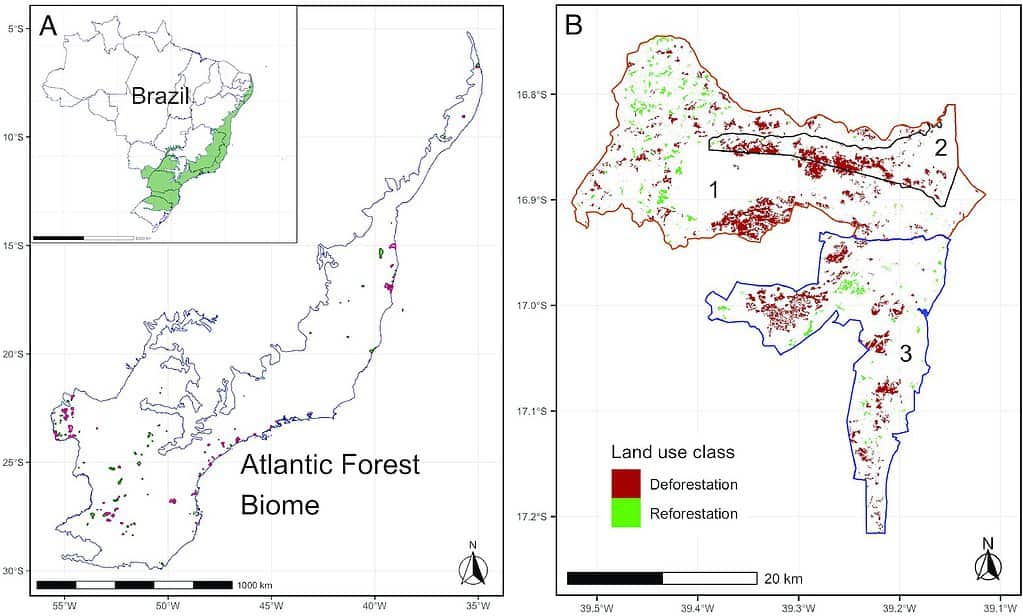Indigenous communities hold rights to more than half of the world’s land, but only a measly 10% is officially recognized and protected. Despite their persistent struggle for justice, political will has been lacking in many countries. According to a new study, we should all care about this struggle.
A team of researchers showed that indigenous communities are good stewards of nature and whenever they are given the right to manage land, they tend to make it better for the natural environment.

Researchers at the University of Colorado, Boulder have found that indigenous communities in Brazil’s Atlantic Forest who have formal recognition of their land rights reduce deforestation and increase forest cover. This supports previous studies suggesting that land rights can mitigate climate change and reduce biodiversity loss and suggests that granting native populations stewardship could be an important tool for environmental protection.
“Our study adds an important piece to the growing body of evidence that tenure in Indigenous lands has often improved forest outcomes—including now in the Atlantic Forest, which has experienced high deforestation pressures over a long period of time,” Rayna Benzeev, lead author of the study and researcher, said in a statement.
Forests and indigenous rights
The study is the first one to look at the impacts of land rights for indigenous peoples in the Atlantic Forest – a fragmented and vulnerable rainforest on the eastern coast of Brazil. It covers about 34.750 square miles and includes 17 states of Brazil. After decades of deforestation, the remaining forest is found mainly on indigenous lands.
Analyzing satellite data from 129 indigenous territories in Brazil, the researchers discovered that between 1985 and 2019, areas where indigenous communities held legal land rights experienced more effective reduction of deforestation and an increase in reforestation, compared to areas where these rights were lacking.
“Protecting forests is not only important for the trees and the biodiversity. It’s also critical for the people that live within them and depend on them—and accounting for humans is an integral part of the sustainable future of forests,” Peter Newton, author of the study and associate professor in Environmental Studies, said in a statement.
While forest cover change doesn’t indicate levels of biodiversity by itself, it’s still a useful metric for evaluating land use dynamics over large spatial scales, according to Newton. The study showed that each year after land rights were formalized there was a 0.77% increase on average in forest cover, which means a lot if taken over decades
The study provides support for more political efforts that could be done in Brazil by the newly appointed President Lula da Silva, the researchers said. In his first weeks in office, Lula, as he’s usually referred to, issued six decrees that revoke measures taken by former president Jair Bolsonaro and created the Ministry of Indigenous Peoples.
Land tenure in Brazil is guaranteed by the Constitution created in 1988. However, the process is usually very complicated and can take a long time, which has meant a lack of progress in indigenous communities accessing their land rights. Since 2012, only one community in the study sample had been granted legal land rights – the last step in the tenure process.
“Much of the stagnation in the land tenure process has taken place in recent years and mainly for political reasons,” Benzeev said in a statement. “This is exactly what makes the legal component of tenure important: when tenure is legally granted, Indigenous peoples are able to gain territorial autonomy irrespective of political shifts over time.”
The study was published in the journal PNAS Nexus.






